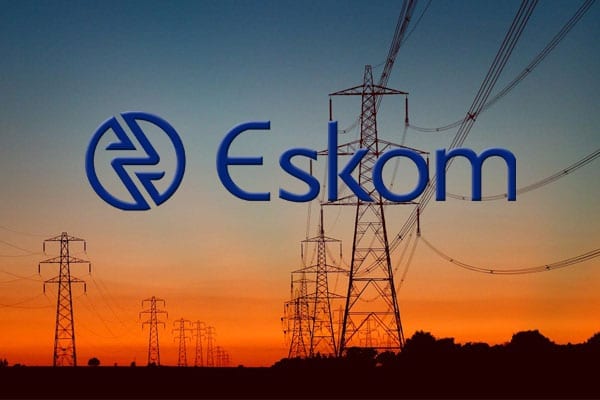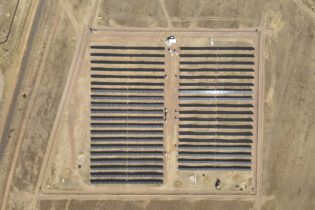 Municipalities and secondary cities cannot afford for South Africans to directly receive electricity from Eskom. This view comes from Eyal Shevel, sector head of corporate and public sector ratings at Global Credit Ratings (GCR), in light of Eskom recently cutting electricity supply to some municipalities.
Municipalities and secondary cities cannot afford for South Africans to directly receive electricity from Eskom. This view comes from Eyal Shevel, sector head of corporate and public sector ratings at Global Credit Ratings (GCR), in light of Eskom recently cutting electricity supply to some municipalities.
He says South Africa’s local government sectors are structured so municipalities are responsible for distributing power to its citizens. He adds that direct power supply from the power utility would place enormous economic strain on both local and national funds.
Here’s why:
While some members of the public have called for delinquent municipalities to lose control of electricity distribution to consumers, Shevel says this is not a “workable” option as municipalities are structured in a way where they are reliant on electricity distribution as a source of income.
Municipalities depend on electricity revenue
Shevel says that on average, electricity revenue in South Africa’s eight metropolitan municipalities and 19 secondary cities accounts for 38% of total revenue.
“For smaller, more rural municipalities, electricity distribution accounts for a smaller share around 24% revenue on average, but can be well below 20%,” he says. However, he points out that this source of revenue is second to government grants in these locations.
Why creating a direct link to Eskom is not a good idea
“Controlling the electricity distribution also has another major benefit for local authorities, in that the threat of disconnection can be wielded to ensure payment of all municipal accounts, such as rates and taxes and sewerage,” Shevel explains.
“By creating a direct link to Eskom for customers in these smaller municipalities, it would make these local governments almost entirely dependent on the National Treasury for income and impair their primary tool for enforcing collections. This is simply unaffordable for our economy,” he adds.
He says it would also place an enormous administrative strain on Eskom, especially at a time when the utility needs to be focusing on power generation and maintenance.
How to solve defaulting municipalities
He highlights two possible solutions to the problem of municipalities defaulting on their debts to Eskom: a ring-fenced account and/or a guarantee provided by national government.
“With a ring-fenced account, electricity consumers could make payments into the special account,” Shevel says. “Funds in this account would then be paid to Eskom for the bulk electricity consumed, and only once the debts are settled would the municipality be able to access the margin earned for general purposes.”
He explains that the ring-fenced account could provide Eskom with the first right to the money it is owed, with the remaining margin paid out to the municipality once the debt is settled.
Shevel says the second option could be “a type of government guarantee”, including a more applicable and practical solution for the smaller municipalities.
“This would see National Treasury pay Eskom directly for a municipality’s debt and then subtract that figure from government grants to the area,” he says. “A government guarantee would provide greater confidence in areas that lack the robust financial controls and levels of investment in economic hubs – a solution which is used in Nigeria’s rural states.”
However, Shevel notes the downside to this solution. He says that when there is a shortage of funds or money is squandered, it takes available grant funding away from social needs.
His concluding thoughts were that we need to find a mutually beneficial solution to keep the current system of municipal electricity distribution in place, but that a solution that offers Eskom protection on their books also needs to be found.
 Municipalities and secondary cities cannot afford for South Africans to directly receive electricity from Eskom. This view comes from Eyal Shevel, sector head of corporate and public sector ratings at Global Credit Ratings (GCR), in light of Eskom recently cutting electricity supply to some municipalities.
Municipalities and secondary cities cannot afford for South Africans to directly receive electricity from Eskom. This view comes from Eyal Shevel, sector head of corporate and public sector ratings at Global Credit Ratings (GCR), in light of Eskom recently cutting electricity supply to some municipalities.







